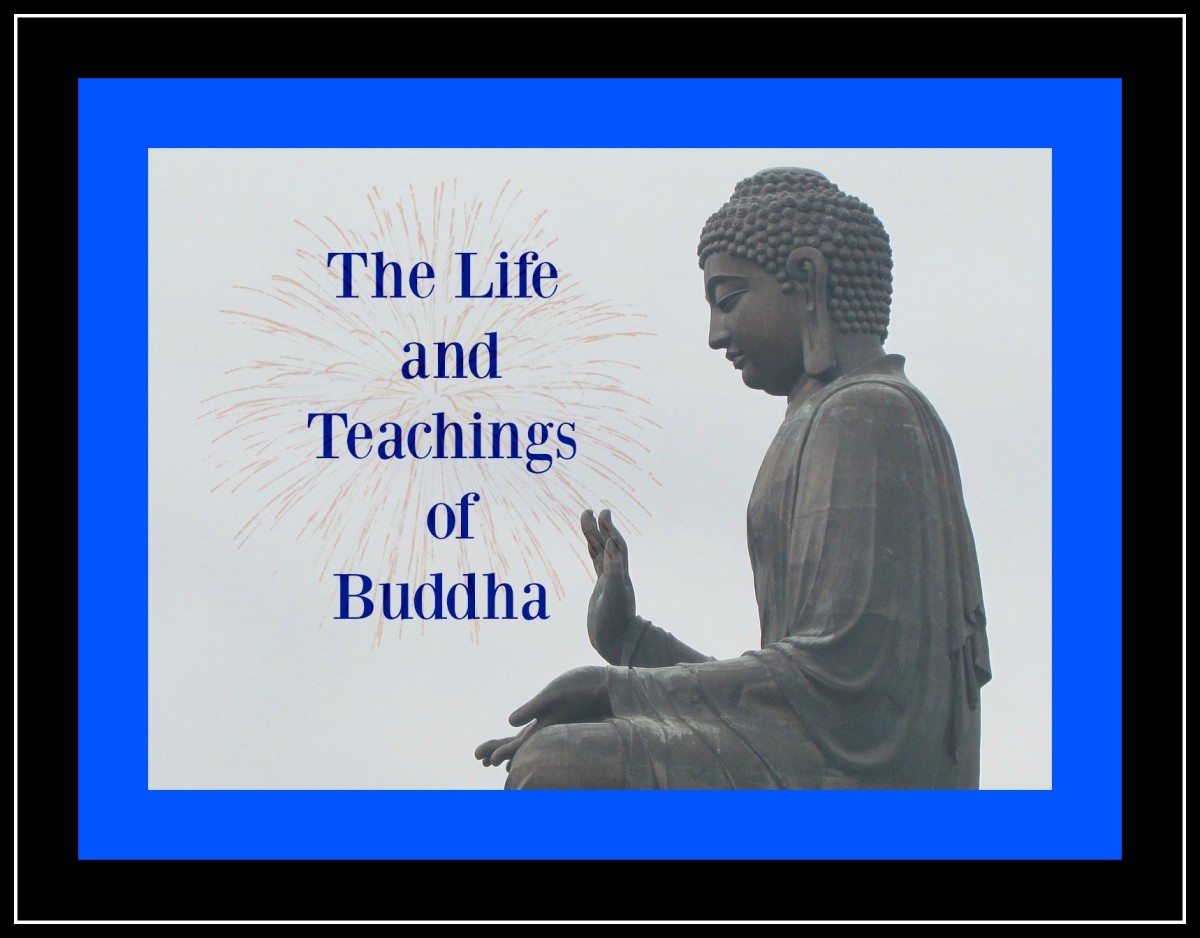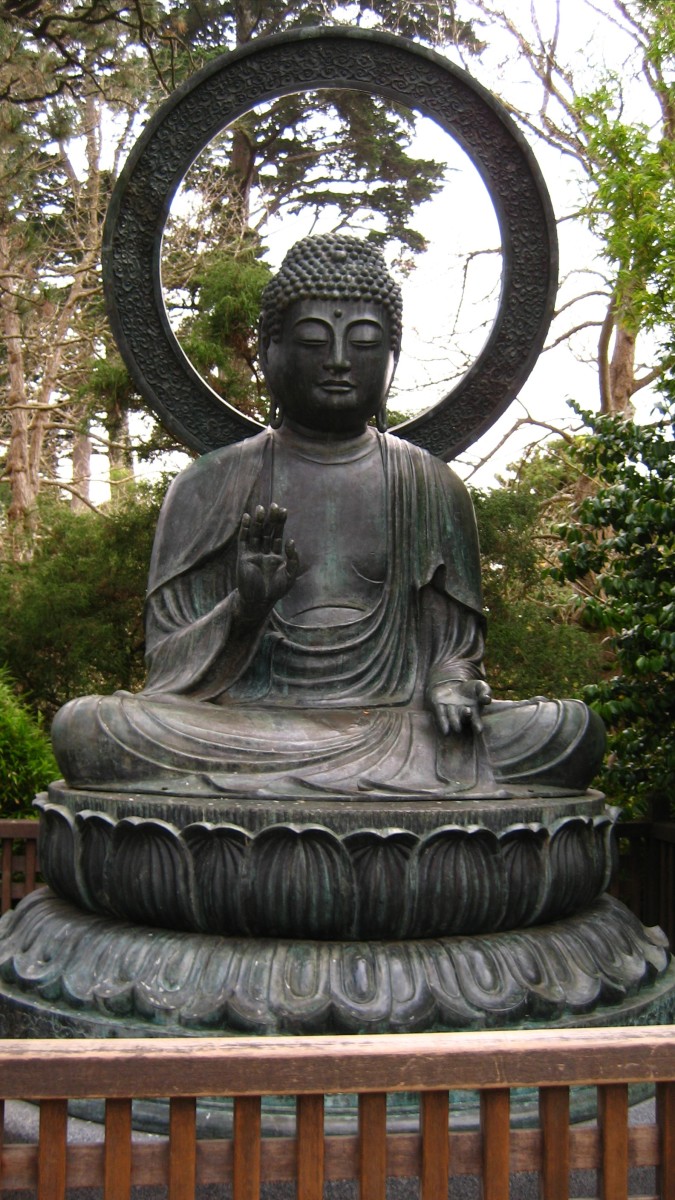Essence of Buddha Dhamma-

The word “Buddha” literally means ‘enlightened one’. The Buddha has always said that he is only a guide but not a liberator. One has to make sincere efforts to liberate oneself. Anyone can do that because there is a Buddha in everyone. But we don’t realize its existence in us. He says that anyone can achieve Buddha hood by walking the path of Dhamma, which means laws of liberation from defilements of cravings and aversions. Freedom from cravings and aversions will lead to equanimity of mind. Walking the path of Dhamma will generate love, peace, compassion, fraternity, forgiveness and equanimity towards all beings.
Morality and mastery over mind are essence of Buddhist teachings. He always stressed that one has to experience empirical wisdom himself which will guide one to lead a good and purposeful life. The Buddha was always interested to make people happy. Human beings become happy when their sufferings cease. He realized that people suffer due to many reasons such as poverty, hunger, disease, ignorance, old age, death, unpleasant events, not getting the desires fulfilled, separation from loved ones, meeting those we don’t like etc.
The Buddha discovered that the root cause of all the sufferings was our ignorance of the real nature of things. Whenever we face unwanted and undesirable situations, unpleasant sensations are developed in us. Similarly, whenever we face desirable situations, pleasant sensations are developed in us. The unconscious mind develops cravings for the pleasant sensations and aversions for the unpleasant sensations. We go on multiplying these sensations, which become the root cause of our miseries.
The Buddha believed that the truth can only be ascertained through senses. He denied the existence of a permanent soul but he verified the reality of karma and rebirth. He further said that we possess a morally conditioned stream of consciousness going back through many lives. He demonstrated that by following the four Noble Truths and the eight Noble Paths we can be purified and transcend our existence and thus spiritual emancipation or Nirvana can be attained.
Four Noble Truths-
Truth of suffering- The moment we are born, the suffering begins in life. There is suffering due to sickness and old age. No one wants to fall sick; no one wants to get old. We always encounter pleasant and unpleasant situations in life. We develop the cravings for the pleasant and aversions for the unpleasant things. This is the root cause of all the sufferings in life.
Truth of origin of sufferings- The main cause of suffering is the attachments to the aggregates of mind and body. One aggregate is that of the body. The other four aggregates are of the mind, that is, perception, cognition, sensation and reaction. There are many kinds of attachments such as attachment to sensual pleasures, attachment to ‘I’, the ego and attachment to religious forms and ceremonies. All the attachments lead to sufferings for which we are ourselves responsible.
Truth of extinction of sufferings- Law of dependent origination of cause and effect is also applicable to our sufferings. Nothing happens without a cause. If the cause is eradicated there will be no effect. If we put an end to ignorance, there will be no blind reactions that bring in its wake all kinds of sufferings.
Truth of the path leading to cessation of sufferings- By treading the path of eight noble virtues, one can liberate oneself from the worldly bondage.
Noble Eightfold Path- This is also called Dharma Wheel. Its steps are as follows:
- Right understanding- The right understanding is crucial to understand system of Buddhist beliefs. Thinking about truth is not sufficient but we must realize the truth ourselves. Somebody else’s realization of truth will not liberate us, which can inspire us and guide us towards realization.
- Right thought- The right thought is necessary to understand the teachings of Buddha and his outlook on world and world issues. This includes thoughts free of greed and sensual desires and thoughts for the welfare of all beings.
- Right speech- This is to avoid harmful language like lying, unkind words. It requires using gentle, friendly, meaningful words even if a situation calls for a truth that may be hurtful.
- Right action- This includes five precepts.
- To refrain from killing living brings
- To refrain from stealing
- To refrain from sexual misconduct like rape or adultery etc.
- To refrain from false speech like lying
- To refrain from intoxicants
- Right livelihood- The followers should not take up employment in positions where actions may cause harm to others directly or indirectly. Right livelihood means to abstain from occupations that increase sufferings such as slave trade, flesh trade, trading in illegal weapons and drugs, taking bribes fooling others in the name of rites and rituals of faiths and religions.
- Right efforts- This focuses on working to remove bad thoughts and replace them with positive and pleasant ones.
- Right mindfulness- Right mindfulness along with right concentration is foundation behind meditation. The followers should focus their minds on body, emotions and mental qualities rather than on desire and aversion during meditation.
- Right concentration- Coupled with right mindfulness, it constitutes the framework of proper meditation. Right concentration guides us as to how to work through steps of focus in meditation.
Dhamma shows a scientific way to the people. The Buddha has mentioned in Kalama Sutta that-
- Do not believe in what you have heard.
- Do not believe in traditions because they have been handed down for generations.
- Do not believe in anything because it is rumored and spoken by many.
- Do not believe merely because a written statement of some old sage is produced.
- Do not believe in conjectures.
- Do not believe in that truth to which you have become attached by habit.
- Do not believe merely the authority of your teachers and elders.
After analysis and observation, when you find that it is conducive to the good and gain of one and all, then accept it and live up to it. Therefore, believe me when I come to the philosophical issues until and unless you are convinced of what I say either by good reasoning or pragmatic approach.
Kalama Sutta is also called the first declaration of independent and rational thinking.






